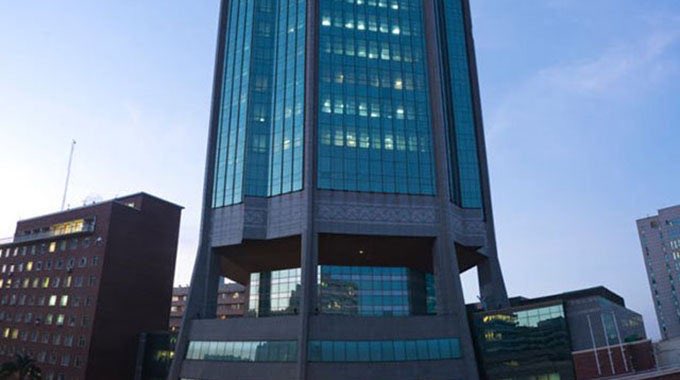|
Getting your Trinity Audio player ready...
|
By ZIMCODD
The Zimbabwe Public Debt Indaba convened by the Zimbabwe Coalition on Debt and Development from 29-30 March 2022 highlighted shared concern amongst Civil Society and policymakers over the deepening debt crisis in Zimbabwe and the SADC region at large.
Heavy indebtedness is at the core of Africa’s socio-economic development challenges; Zimbabwe is not an exception. Debt servicing diverts money meant to finance public expenditure resulting in poor access to basic services – health, education, water, and sanitation. Latest International Monetary Fund (IMF) debt statistics confirm the reversal of nominal microeconomic gains, the consolidated debt is now projected at US$19.03 billion at the conclusion of the Article IV Consultation with Zimbabwe on March 21, 2022, which acknowledged fiscal gains.
The ballooning, US$19.03 billion consolidated public sector debt represents 68.1% of GDP, a threshold above the acceptable ratio, with public and publicly guaranteed external debt standing at US$17.59 billion, of which arrears are at US$13.1 billion. These are not numbers, but drivers of poverty and inequality in Zimbabwe, why do women in Binga, for instance, struggle to access maternal health care?
Debt is ballooning amid the spiraling illicit financial flows and failure to widen government revenue from the country’s vast mineral wealth. Government has a US$12 billion mineral export earnings target by 2023, yet the mining tax revenue targets to finance basic service provision are barely mentioned. From US$50 billion lost annually as revealed by the African Union or Economic Commission from Africa’s High-Level Panel Report on Illicit Financial Flows, Africa now loses more than US$88.6 billion annually according to United Nations Trade and Development’s Economic Development in Africa Report, 2020.
The Ministry of Finance and Economic Development states that Zimbabwe experienced severe exogenous shocks (Cyclone Idai, protracted drought, and the COVID-19 pandemic) which led to a deep recession and high inflation slowing progress towards restoring macroeconomic stability.
Zimbabwe’s real GDP rose by 6.3 percent in 2021 reflecting a bumper maize harvest, strong pickup in mining, and buoyant construction compared to the 2019-20 period where it contracted cumulatively by 11.7 percent during 2019-20 and inflation reached 837 percent (y/y) by July 2020, IMF.
Key drivers of the debt officially recorded as US$13.7 billion in December 2021, are embedded in governance challenges post-2000 land reform program and the Democratic Republic of Congo which precipitated extrajudicial fiscal processes covered by an overdraft from the central bank.
Compensation of 60 000 liberation war heroes at 3 percent of the 1997 gross domestic product (GDP) was a cataclysmic point, whose immediate effect was the inflation of the budget by 55 percent as well as a currency meltdown.
The Reserve Bank of Zimbabwe (RBZ) quasi-fiscal activities, loans, and guarantees by the government, as well as interest and penalties on debts, has also exacerbated the debt crisis as these are stamped without parliamentary oversight.
Ongoing efforts to address reforms in the Transitional Stabilization Plan (TSP) policy are underpinned by the Medium-Term Debt Strategy (MTDS) as well as engaging with multilateral creditors and cutting government recurrent expenditure.
Current efforts of engagement with multilateral creditors are hanging by the thread of token payments to creditors as well as faltering efforts to re-engage the international community after years of pariah status.
Debt distress has had a debilitating impact on people and communities, compounded by government austerity measures introduced under National Development Strategy 1, the IMF still recommends a continuation of this through broadening the tax base and improving tax administration and compliance.
Recommendations tendered by the civic society beyond the taxation of the public, call for a focus on domestic resource mobilization, restructuring of current debt, and renegotiation of loans contracted with bilateral agreements.
• Adoption of policy mix to manage risks of contraction of public debt is key to a wide range of options including the reform of current weak legislative frameworks as well as strengthening parliamentary oversight.
• While the Ministry of Finance has now introduced an Annual Debt bulletin there is a need for comprehensive debt audits, public debt registers as well as legal reforms to limit debt contraction without parliamentary oversight.
• A Public Debt Register is key in light of blocked funds of US$3.5 billion that could be guaranteed by the RBZ to offset the impact of currency conversion and to enhance the due diligence by publishing beneficial owners of the affected business.
• Robust debt sustainability plan underpinned by debt validation processes of the government should be viewed with a human rights lens, with a focus on vulnerable groups relying on government-funded public services.
• Implementation of regional policies like the SADC Protocol on Finance and Investment and the formulation of the proposed SADC model Public Finance Management Law should be strengthened as critical building blocks for sustainable debt management plans aligned to international, regional, and conditional benchmarks in all SADC countries.






